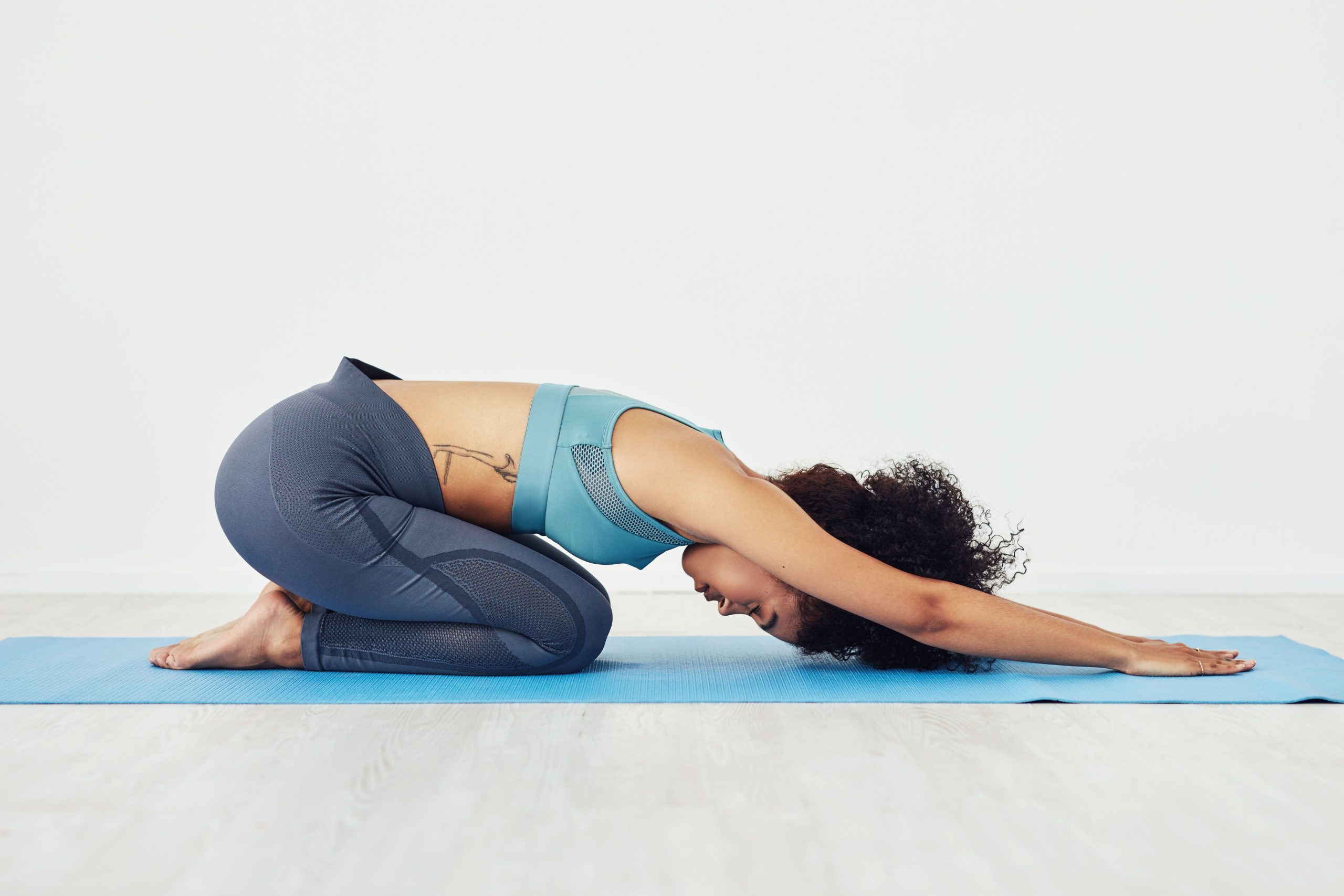Add this into your bedtime routine…
Joint pain can have a significant impact on your everyday life, making even basic movements seem like insurmountable challenges. It can manifest as that familiar ache, a grating stiffness, or frustrating limitations. The desire to limit movement can be powerful, regardless of the cause—the slow deterioration of time, the aftereffects of an injury, or the chronic pain of arthritis. But giving in to inactivity can frequently make the issue worse, resulting in stiffness, muscle weakness, and a further deterioration of joint health.
The good news is that you can manage and reduce joint pain with the help of targeted, mild exercise. You can strengthen the muscles that give your joints vital support, increase range of motion, and lubricate your joints by carefully selecting low-impact exercises.
Nevertheless, for many individuals experiencing joint discomfort, incorporating specific low-impact exercises can bring significant relief and improved mobility. Here, we delve into a comprehensive guide featuring 10 phenomenal exercises that are frequently recommended for soothing joint pain and fostering greater joint health:
1. The Everyday Miracle: Gentle Walking for Joint Lubrication and Support
Often underestimated in its therapeutic benefits, gentle walking stands as a cornerstone of joint-friendly exercise. This low-impact activity allows your joints to move fluidly without enduring excessive stress. Walking promotes healthy circulation, strengthens the leg muscles that play a vital role in supporting your knees and hips, and can even contribute to an improved mood and overall well-being. Begin with short, comfortable strolls and gradually increase the distance and duration as your body adapts. Maintaining proper posture and wearing supportive, well-cushioned shoes are key to maximizing the benefits and minimizing any potential strain.
2. Embrace Buoyancy: The Gentle Power of Water Aerobics
Exercising in water offers a remarkable advantage for individuals grappling with joint pain. The inherent buoyancy of water significantly reduces the gravitational forces acting on your body, effectively minimizing stress on your weight-bearing joints like knees, hips, and ankles. This allows for a greater range of motion with considerably less discomfort. Water aerobics classes provide a structured and enjoyable way to engage in cardiovascular exercise while simultaneously strengthening various muscle groups. The gentle resistance provided by the water also contributes to an effective yet low-impact workout.
3. The Flowing Serenity of Tai Chi: Cultivating Balance and Flexibility
Rooted in ancient Chinese tradition, Tai Chi is a gentle martial art characterized by slow, deliberate, flowing movements and focused breathing. This practice is exceptionally kind to the joints while demonstrably improving balance, flexibility, and muscle strength. The meditative aspect of Tai Chi can also be beneficial in reducing stress levels, which can sometimes exacerbate pain perception. When seeking a class, inquire about beginner-level options specifically designed for individuals with mobility limitations or joint concerns.
4. Modified Yoga: Finding Harmony Between Stillness and Movement
Certain styles of yoga, particularly gentle yoga, restorative yoga, and chair yoga, can offer profound benefits for those experiencing joint pain. These practices emphasize slow, controlled movements, mindful stretching, and sustained postures that enhance flexibility and gently strengthen the muscles surrounding your joints. It is crucial to seek out an experienced yoga instructor who is knowledgeable in adapting poses for individuals with joint issues and to always feel empowered to modify postures to avoid any undue stress or discomfort. Open communication with your instructor is key to a safe and effective practice.
5. The Smooth Motion of Cycling: Low-Impact Cardio for Leg Strength
Cycling, whether on a stationary bike or on a smooth, level outdoor path, provides an excellent form of low-impact cardiovascular exercise that can effectively improve leg strength and endurance without placing excessive strain on your knees and hips. A stationary bike offers the advantage of controlled resistance levels, while leisurely outdoor cycling on even terrain can be a pleasant way to incorporate exercise into your routine. Ensuring that your bicycle is properly adjusted to your body dimensions is essential for minimizing any potential joint stress and maximizing comfort.
6. The Weightless Freedom of Swimming: A Full-Body Gentle Workout
Similar to water aerobics, swimming offers a unique weightless environment that is incredibly kind to your joints. It engages a wide array of muscle groups throughout the body, contributing to improved cardiovascular health and overall strength. Varying your swimming strokes can help work different muscle groups; however, if certain strokes cause discomfort, modify them or focus on those that feel comfortable and pain-free. The buoyancy of the water allows for a full-body workout with minimal impact.
7. The Versatility of Resistance Bands: Building Strength Without Heavy Lifting
Resistance bands provide a remarkably versatile and low-impact method for strengthening the muscles that support your joints. These elastic bands offer gentle yet consistent resistance throughout a range of motion, helping to stabilize and protect your joints. Exercises such as leg raises, arm raises, gentle squats (if appropriate), and rowing motions can be easily adapted to your individual fitness level and targeted to specific muscle groups surrounding the affected joints. The controlled resistance minimizes stress while effectively building strength.
8. Simple Yet Effective: Ankle and Wrist Rotations for Small Joint Mobility
It’s important not to overlook the smaller joints, such as those in your ankles and wrists. Simple ankle and wrist rotation exercises can be incredibly beneficial in maintaining their mobility and reducing stiffness. Gently rotate your ankles clockwise and then counterclockwise for a comfortable number of repetitions. Similarly, rotate your wrists in both directions. These exercises can be performed while seated or lying down and are particularly helpful for individuals experiencing arthritis or stiffness in these areas.
9. Strengthening Lower Leg Support: Heel and Toe Raises
These seemingly simple exercises play a crucial role in strengthening the calf muscles and the muscles surrounding your ankles, which in turn provide better support and stability for your knees and feet. While holding onto a stable surface for balance, slowly rise up onto the balls of your feet, then gently lower back down. Next, keeping your heels on the floor, lift your toes off the ground. Repeat these movements in a controlled and gentle manner.
10. The Importance of Gentle Stretching: Maintaining Flexibility and Range of Motion
Regular, gentle stretching is paramount for maintaining the necessary range of motion in your joints and reducing stiffness. Focus on slow, controlled stretches, holding each stretch for approximately 20 to 30 seconds. It is crucial to avoid any movements that elicit sharp or intense pain. Examples of beneficial stretches include gentle hamstring stretches, quadriceps stretches, calf stretches, and gentle shoulder and arm stretches. Consistency is key to improving and maintaining flexibility over time.
Key Considerations for Your Joint-Friendly Exercise Journey:
- Listen Intently to Your Body’s Signals: Pain is a vital indicator. If an exercise causes sharp, stabbing, or persistent pain, stop the activity immediately and consult with your healthcare provider.
- Embrace a Gradual Approach: Avoid the temptation to do too much too soon. Begin with shorter durations and lower intensities, gradually increasing as your body adapts and your tolerance improves.
- Prioritize Warm-up and Cool-down: Prepare your body for exercise with a gentle warm-up, such as light cardio and dynamic stretches, and allow for proper recovery with a cool-down that includes static stretching.
- Consistency Over Intensity: Aim for regular exercise sessions, even if they are shorter in duration. Consistency is often more beneficial than sporadic, intense workouts when managing joint pain.
- Focus on Proper Form and Technique: Ensure you are performing each exercise with correct form to avoid placing unnecessary stress on your joints and maximize the benefits. If you are unsure about proper form, seek guidance from a physical therapist or certified fitness professional.
- Stay Well-Hydrated: Drink plenty of water before, during, and after your exercise sessions to help lubricate your joints and support overall bodily function.
Living with joint pain doesn’t necessitate a life devoid of movement. By thoughtfully incorporating these 10 phenomenal, low-impact exercises into your routine, you can embark on a journey towards gently nurturing your joints, strengthening the surrounding supportive muscles, and ultimately reclaiming a more active, mobile, and pain-reduced life. Remember that collaboration with your healthcare team is essential in developing a personalized exercise plan that empowers you to move with greater ease and comfort.




